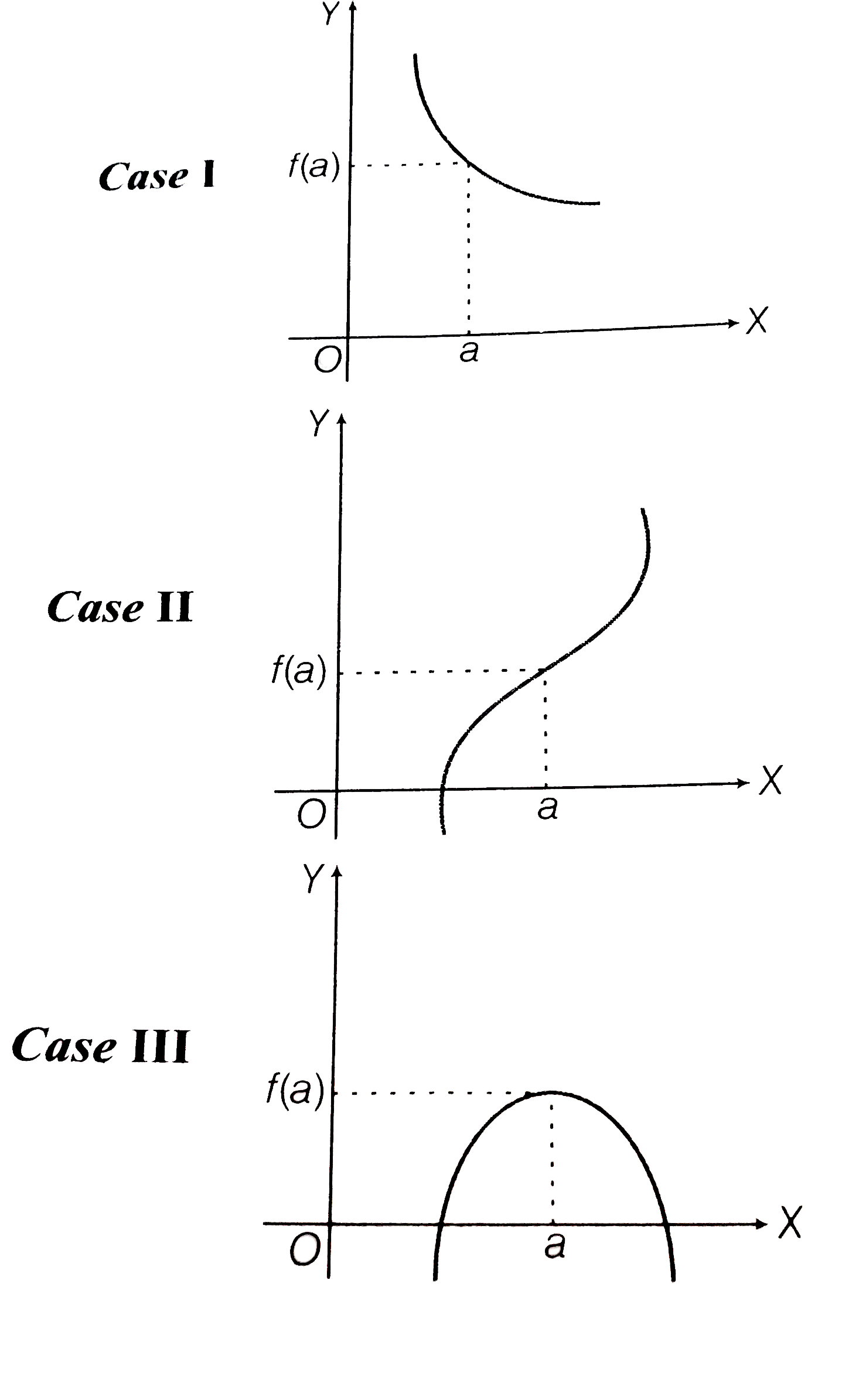The value of where [.] denotes the greatest integer function is Solution in Punjabi
0
The correct Answer is:A, B
Step by step video & image solution for The value of lim_(nto oo)(sqrt(n^(2)+n+1)-[sqrt(n^(2)+n+1)]) where [.] denotes the greatest integer function is by Maths experts to help you in doubts & scoring excellent marks in Class 12 exams.
Updated on:21/07/2023Topper's Solved these Questions
- LIMITSBOOK - ARIHANT MATHSCHAPTER - LIMITSEXERCISE - SOLVED EXAMPLES
1 Videos
- LIMITSBOOK - ARIHANT MATHSCHAPTER - LIMITSEXERCISE - Exercise (Single Option Correct Type Questions)
38 Videos
- INVERSE TRIGONOMETRIC FUNCTIONSBOOK - ARIHANT MATHSCHAPTER - INVERSE TRIGONOMETRIC FUNCTIONSEXERCISE - Exercise (Questions Asked In Previous 13 Years Exam)
8 Videos
- LOGARITHM AND THEIR PROPERTIESBOOK - ARIHANT MATHSCHAPTER - LOGARITHM AND THEIR PROPERTIESEXERCISE - Exercise (Questions Asked In Previous 13 Years Exam)
4 Videos
Similar Questions
To evaluate limx→a[f(x)], we must analyse the f(x) in right hand neighbourhood as well as in left hand neighbourhood of x=a. E.g. In case of continuous function, we may come across followign cases.


Iff(a) is an integer, the limit will exist in Case III and Case IV but not in Case I and Case II. If f(a) is not an integer, the limit exists in all the cases. ltbgt If f'(1)=−3 and limx→1[f(x)−12] does not exist, (where [.] denotes the greatest integer function), then
View Solutionlimx→0sin(πcos2(tan(sinx)))x2 is equal to
View SolutionIf α=3sin−1(611andβ=3cos−1(49), where the inverse trigonometric functions take only the principal values, then the correct options (s) is (are)
View SolutionIn Which quadrant Point (−2,−3) will be lie.
View SolutionLim_(n->oo)(sqrt(n^2+n+1)-[n^2+n+1])(n in I) where [ ] denote the greatest integer functionis is
View SolutionThe value of lim(n rarr oo)((1.5)^(n)+[(1+0.0001)^(10000)]^(n)) where [.] denotes the greatest integer function is:
View SolutionThe value of lim_(n rarr oo)(sqrt(1)+sqrt(2)+sqrt(3)+....+2sqrt(n))/(n sqrt(n)) is
View Solutionlimx→∞logxn−[x][x] where n∈Nand[.] denotes the greatest integer function, is
View Solutionlimn→∞1n+1√n2+n+1√n2+2n+...1√n2+(n−1)n is equal to
View SolutionThe value of limn→∞(√n2+n+1−[√n2+n+1]) where [.] denotes the greatest integer function is
View SolutionLet f(x)=[√n+12] where [.] denotes greatest integer function ∀,nεN
Then ∞∑n=12f(n)+2−f(n)2n is equal to ………
View SolutionThe value of limn→∞(1√n2+1√n2+1+…..+1√n2+2n) is
View Solutionlimn→∞[√n+1+√n+2+...+√2n√n3]
View Solutionshow that [(√3+1)2n]+1 is divisible by 2n+1
∀n∈N , where [.] denote the greatest integer function .
View Solutionlimn→∞{(√5+2)n}⋅cos(π[(√5+2)n] is equal to (where n∈I and [],{.} denotes greatest integer function and fractional part function respectively)
View Solutionlim_(nto oo) (sqrt(n))/(sqrt(n)+sqrt(n+1))=
View Solution
